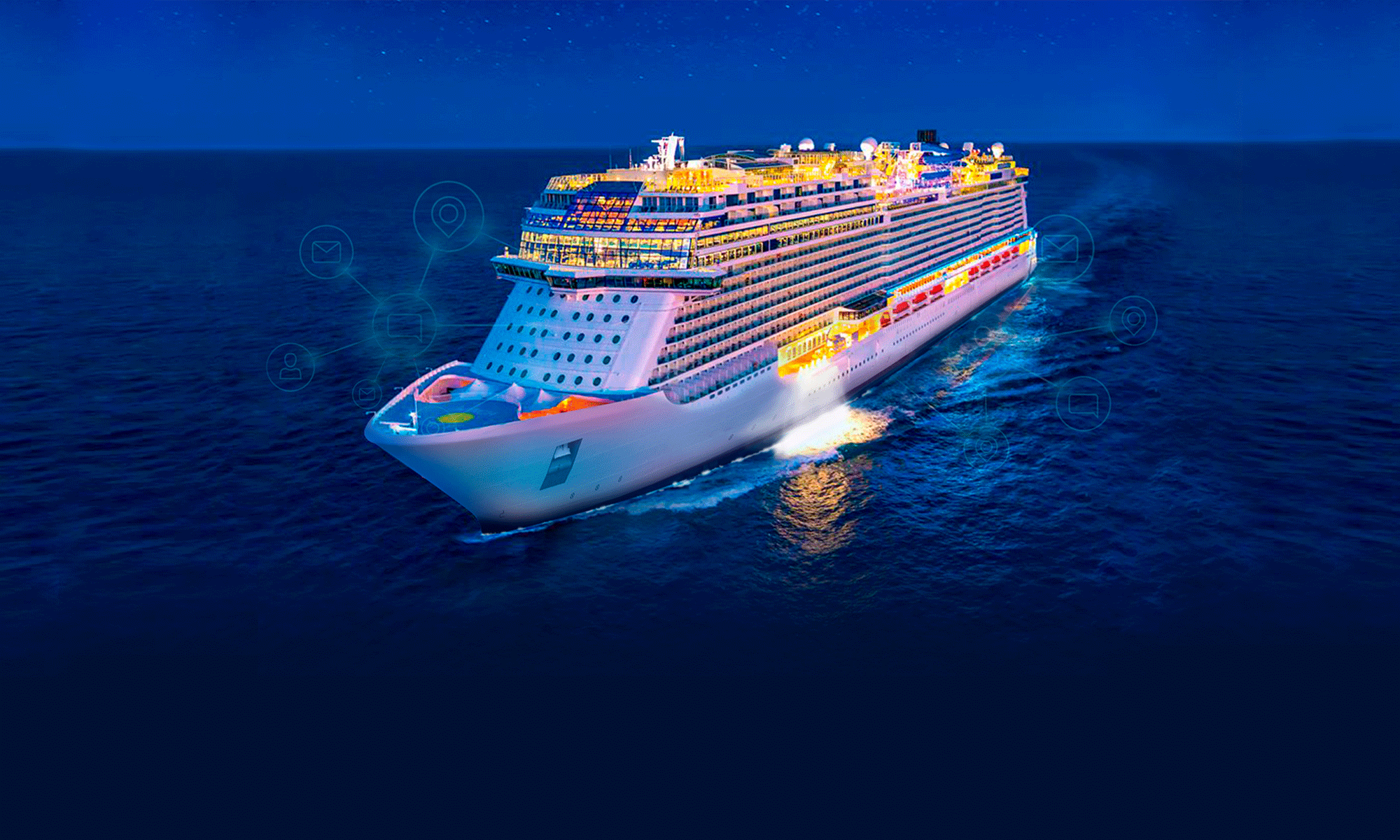The ideal way to support various businesses with technology in a post-COVID world to guarantee public safety has been a topic of much discussion. One such sector is hospitality, where management teams are challenged with figuring out how to make travelers feel at ease once more as we wait for extensive vaccination delivery.
It is evident that in 2022, touch-free, digital interactions will remain crucial components of the visitor experience in the hospitality industry. According to a Skift and Oracle Hospitality poll, digital messaging services, contactless payments, and digital room keys are the top three amenities that make hotel guests feel more at ease.
Incorporating new floor plans into touch-free digital signage that can be accessible through QR codes on individual devices, automated temperature readings, AR applications, and more are all ways that digital signage, wayfinding, and other communication technologies may be used to serve these demands.
Let’s dive into how these applications can be applied in various settings to help the hospitality industry accommodate its customers to its fullest potential in the coming years.
The easy check-in process
Building entrance points has long been a crucial component of hospitality operations, but since COVID-19, there are new difficulties in maintaining the safety of both visitors and staff while delivering a smooth service. Technologies for access control—that have been developed expressly to stop the spread of viruses—are providing new and easy methods to regulate and keep an eye on who enters a place.
The most recent implementations of access control technology include virtual receptionists and check-in kiosks with surveys and questionnaires, such as CDC recommendations. When a guest enters a hotel or climbs aboard a cruise ship and approaches a check-in kiosk, a virtual guest relations staffer may greet them and guide them through the check-in process or answer any queries they may have without having to make physical contact.
A seamless network for workers
Cruise ship hospitality services are essential to ensuring that passengers can unwind while still having easy access to their favorite activities while on board. The people who run the bars, clubs, restaurants, and shops are called hospitality employees, and how well they get along with one another might determine whether cruise passengers are pleased or not.
Hospitality staff may communicate about things like scheduled activities, theme evenings, service hours, and the availability of meals, snacks, and drinks via their employee mobile app. When customers have inquiries, staff members may immediately obtain answers using their applications as opposed to more traditional contact channels like regular phones.
Help guests find their way around
Static maps and signs, which are challenging, expensive, and time-consuming to update, have now been replaced with more modern building wayfinding systems. To guarantee that a visitor is kept informed and involved in a cutting-edge technology experience during their visit, high-resolution digital signage can now be updated in real-time and offered with voice or mobile control choices to minimize physical touchpoints.
Future accessibility of hotel properties will also depend on augmented reality (AR) technologies. For instance, a visitor might approach a digital sign with built-in wayfinding, scan the map with a QR code, access the most direct or necessary route (i.e., one-way traffic only to reduce physical touchpoints), and with augmented reality capabilities, receive step-by-step directions through their smartphone’s camera.
For more information on innovative technologies in the hospitality industry, check out our selection of blogs on the topic!
